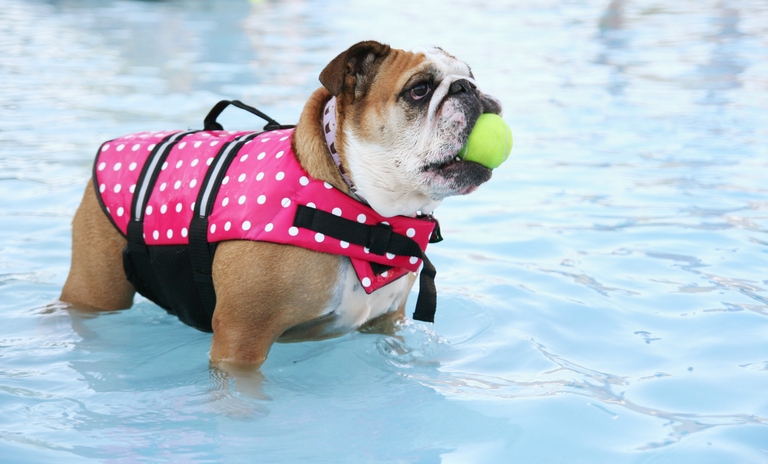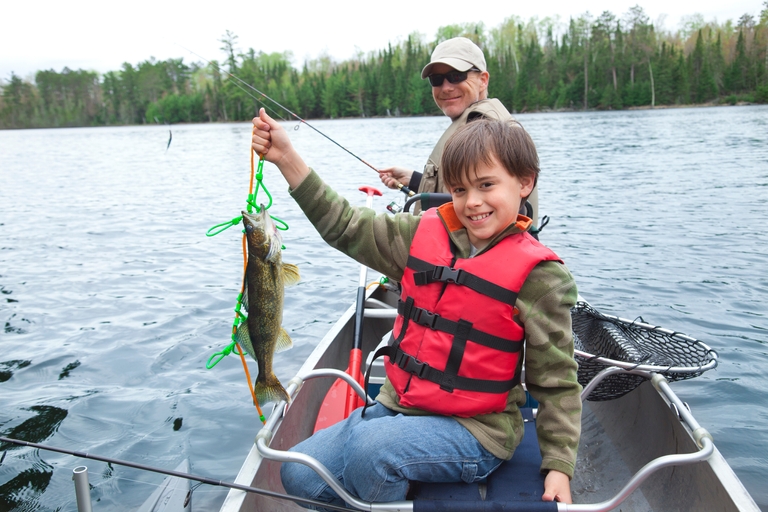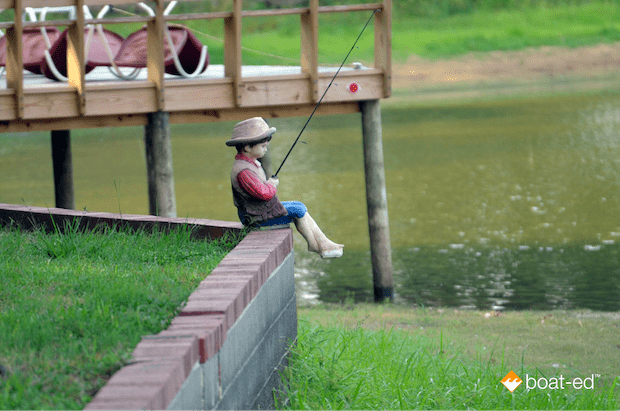Best Largemouth Bass Fishing Tips for 2024
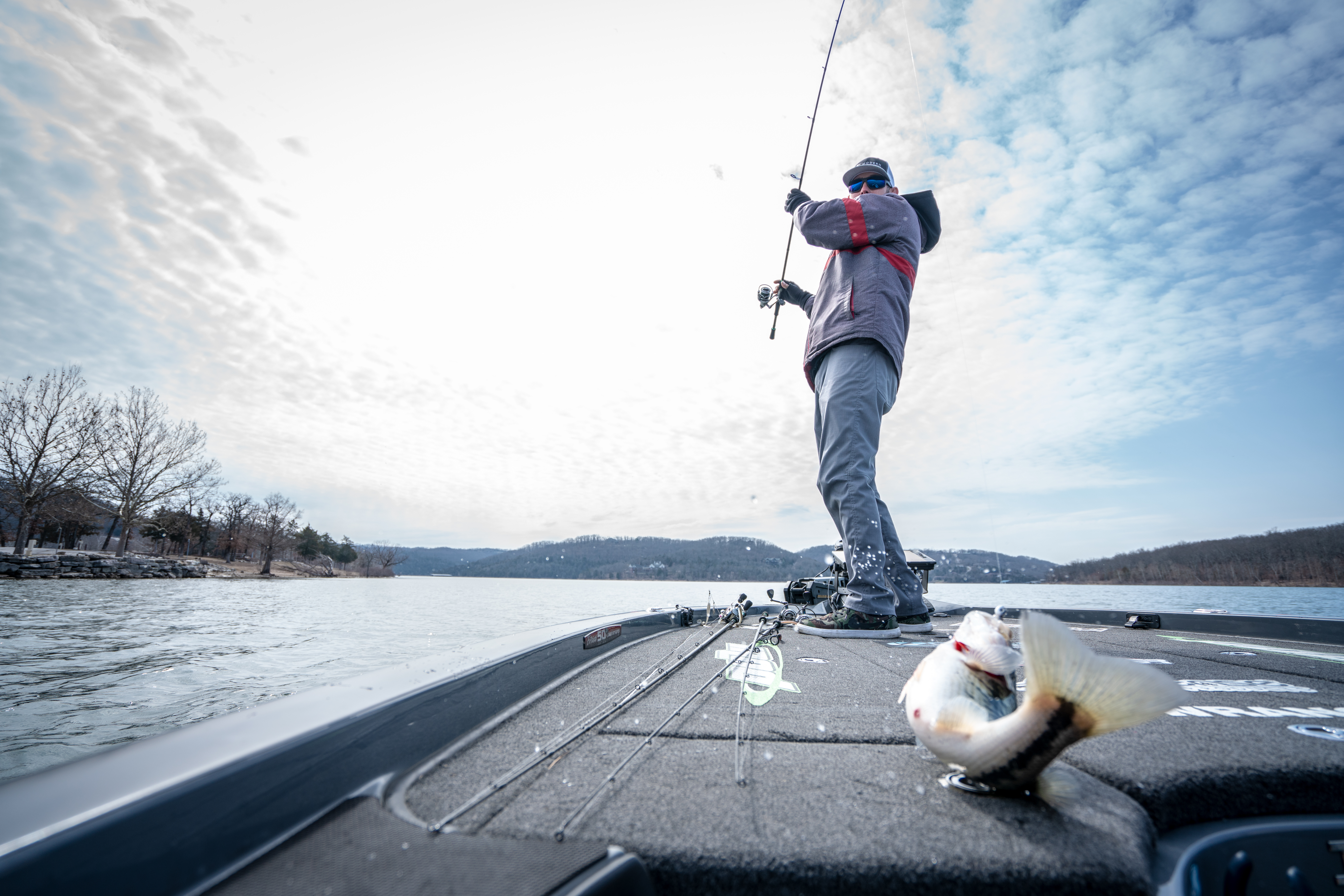
Fishing for largemouth bass is a thrilling sport that captures the attention of anglers all around North America. To catch bass successfully, though, you must understand their habits and behaviors.
You also need to know the correct techniques to use to enhance your experience and have the best chance of bringing home your catch at the end of the day.
Here are some of the most essential tips and strategies to consider for largemouth bass success this year!
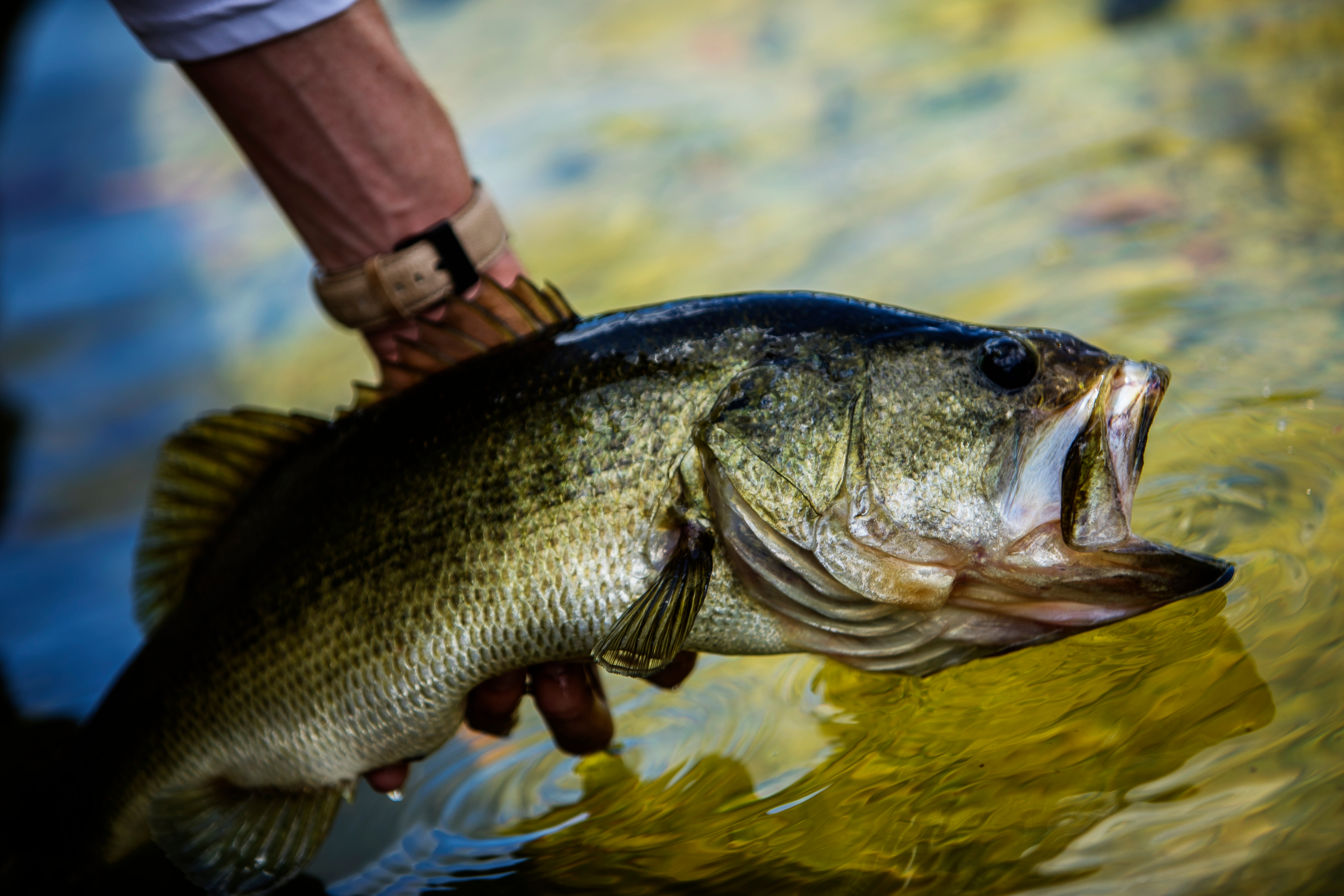
Understanding Largemouth Bass Behavior
Largemouth bass have distinct behavioral patterns that vary with environmental conditions like weather changes and water temperatures.
They're opportunistic predators that prefer ambush points to catch their prey. Their diet mainly consists of smaller fish, crustaceans, and insects.
Understanding this behavior helps you predict where the bass might be and what strategies you need to catch them. For example, cold fronts or sudden weather changes make bass less active, and they may head into deeper water.
When these fish spawn in the spring, they're often very aggressive and guard their nests carefully. Anglers who use the right tactics can exploit this trait and catch more fish.
Seasonal Strategies
While you can catch these fish year-round, every season is a little different when you're trying to catch bass. Preparing for what the season brings can give you a significant advantage and make fishing easier and more enjoyable.
Spring
As water temperatures rise, bass move toward shallow areas to spawn. This is the perfect time for anglers to use bright-colored lures and soft plastics.
Techniques like flipping and pitching near nesting areas can be highly effective.
Summer
Bass often look for deeper, cooler water and shade under submerged structures during the heat of a summer day.
Early morning or late evening, when it's cooler, are the best times to fish during this season, and topwater lures and crankbaits work well.
Autumn
As temperatures drop, bass often feed aggressively to prepare for winter, moving back toward shallow waters. This season is ideal for using spinnerbaits and jerkbaits to mimic the fast-moving baitfish.
Winter
Fishing can be challenging during the winter months because bass are less active. However, using jigs and deep-diving crankbaits slowly can bring some good results.
You'll want to look for bass in deeper areas where they retreat for warmth.
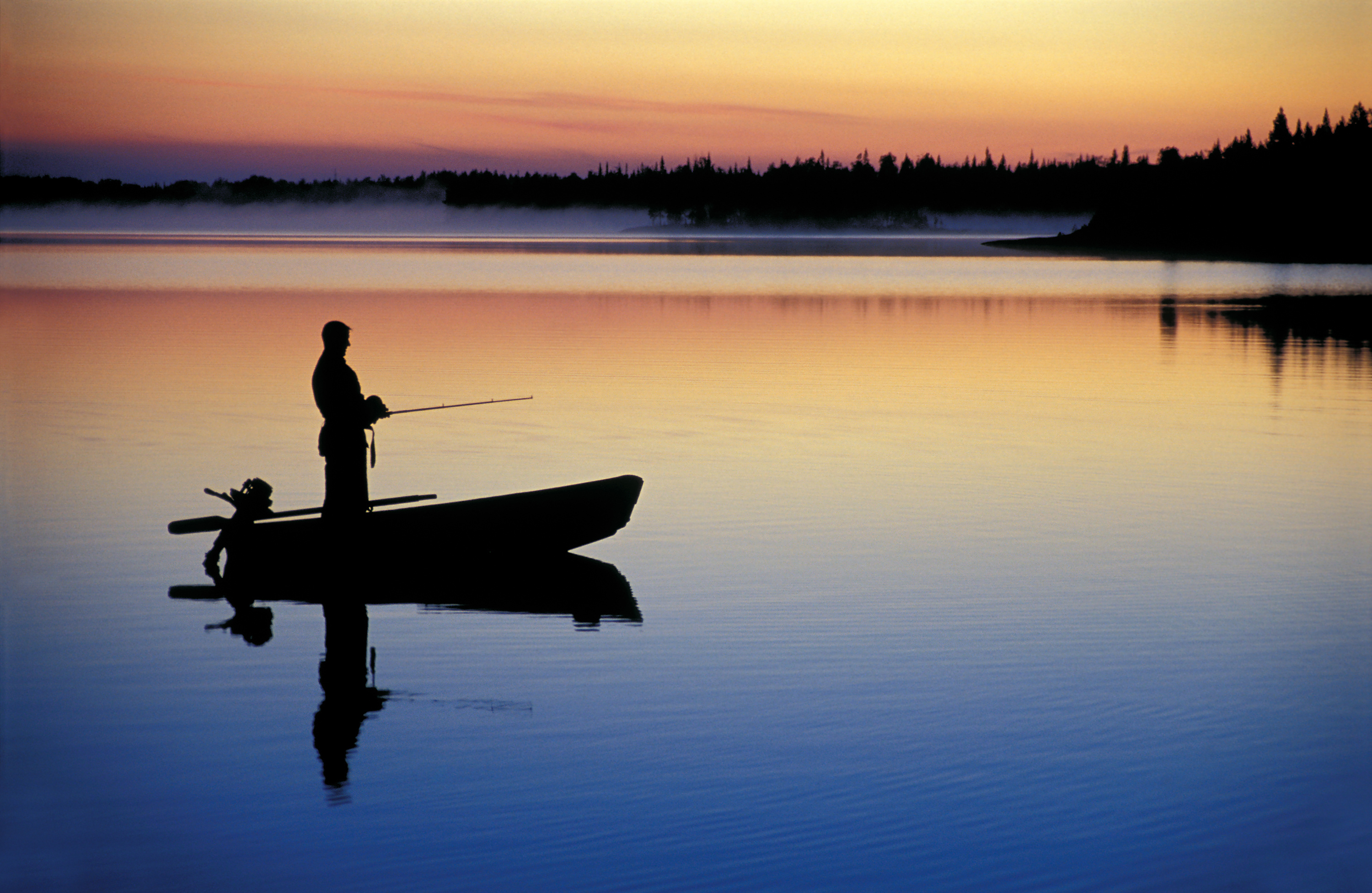
Choose the Right Location
Finding the right spot to fish for bass is crucial! If you've found a spot you love – but leave empty-handed every time you go out to fish – you're not in the right spot for largemouth bass.
These fish are generally found in and near weed beds, docks, and fallen trees. Vegetation not only helps them get more oxygen but also provides excellent cover for them to ambush prey.
Look for points, creek channels, and submerged mounds in lakes and reservoirs. Rivers will often also have bass around bends with slower-moving water and drop-offs.
Temperature plays a significant role. While we mentioned that bass is something you can catch year-round, they prefer a range between 60-75°F (approximately 15-24° Celsius).
Get the Right Tackle and Gear
The right gear makes a big difference when you're after largemouth bass.
Typically, lighter and stronger materials make fishing easier and help anglers of all experience levels have more success. You'll want to consider different rods, reels, lines, and lures to find the ones that work best for you while making sure they all work well together.
A medium-heavy action rod is versatile enough for most bass fishing techniques. You should also consider baitcasting reels because they provide better control and accuracy. This makes them particularly useful in luring and retrieval techniques.
Fluorocarbon lines are popular due to their invisibility underwater and reduced stretch, and there continues to be more innovation in biodegradable lures. They're better for the environment and effective due to their realistic textures and movements.
Presentation Techniques
Effective lure presentation is a huge part of enticing a bass to strike. Each technique can be adapted depending on the time of year and daily conditions.
Flipping and pitching are best for targeting bass in cover with precise and quiet lure placement. Topwater works well in low-light conditions because it creates a surface disturbance that mimics prey such as frogs or injured fish.
When you need to encourage more strikes from timid fish, switching to drop-shot or Ned rigs can be the right option.
Staying Safe on the Water
Whether you're searching for bass, trout fishing, or just spending time on your boat, staying safe on the water is a huge part of a successful and enjoyable adventure. Conditions can change rapidly, and you must be aware of that before leaving the dock.
To stay as safe as possible:
- Always wear your life jacket, even if you're in shallow water or it's uncomfortable.
- Check the weather forecast before heading out and be prepared for changes.
- Watch out for underwater and surface hazards, particularly in unfamiliar waters.
- Ensure that your boat's safety equipment is up to date and working correctly.
Fishing from a boat can be a relaxing and challenging pastime! Just make sure you have the boating safety knowledge you need to do it safely every time you cast your line.
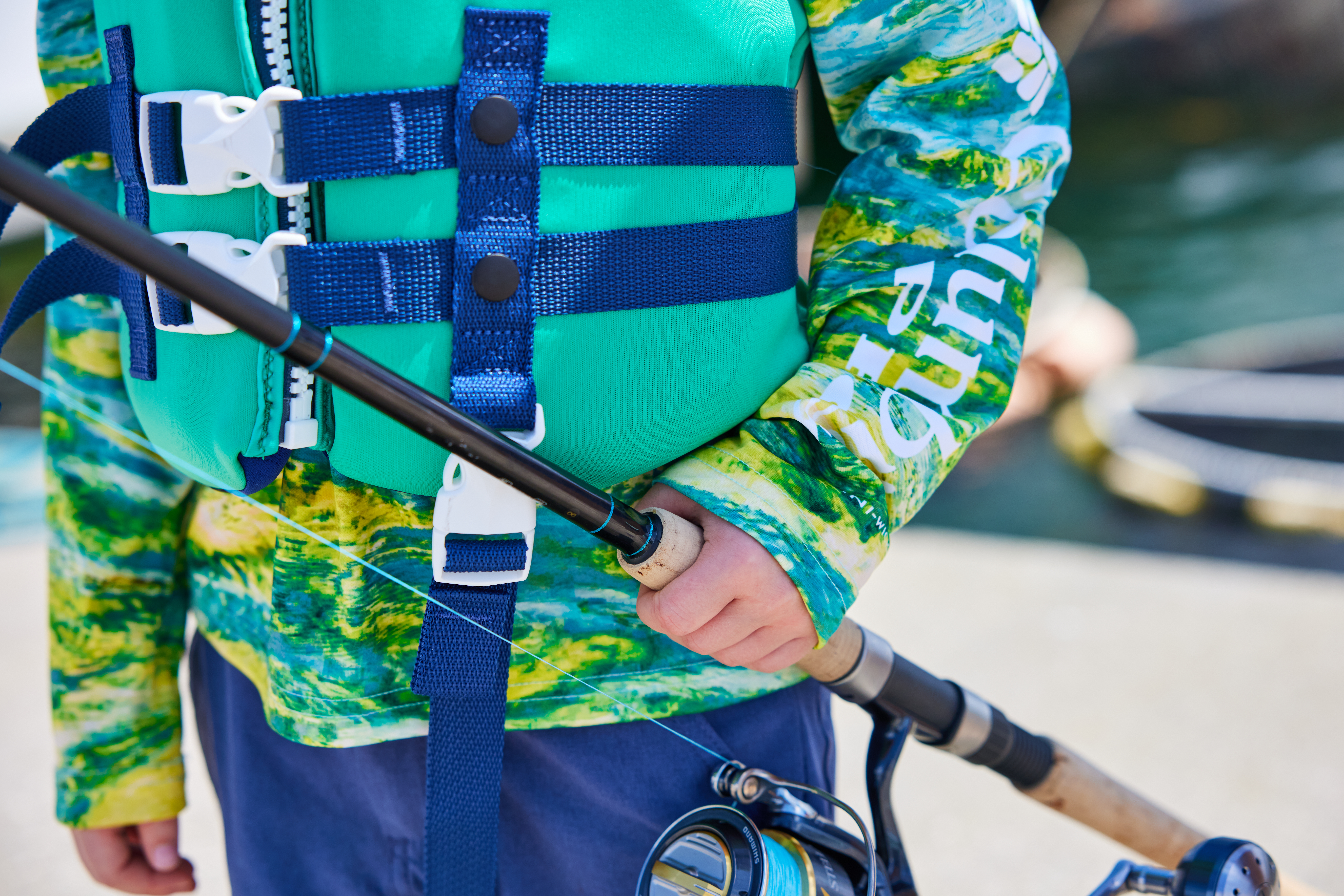
Get Safety Certified Before Your Next Largemouth Bass Adventure
Whether you're a seasoned angler or just starting out, understanding and adapting to the bass's behaviors, equipping yourself with the right gear, and prioritizing safety can make your fishing trips a lot more fun.
So, before you take your boat out in search of the fish you seek, take the time to get safety certified through Boat-Ed. The knowledge from one of our state-approved online safety courses will increase your peace of mind and help protect you while you fish.
We make it easy to learn everything you need to know for safe fishing adventures, including how to launch your boat from a trailer, the type of lifejacket you should wear depending on your boating activities, and what to do if something goes wrong while reeling in a big one.
Find the course for your state and start learning!

